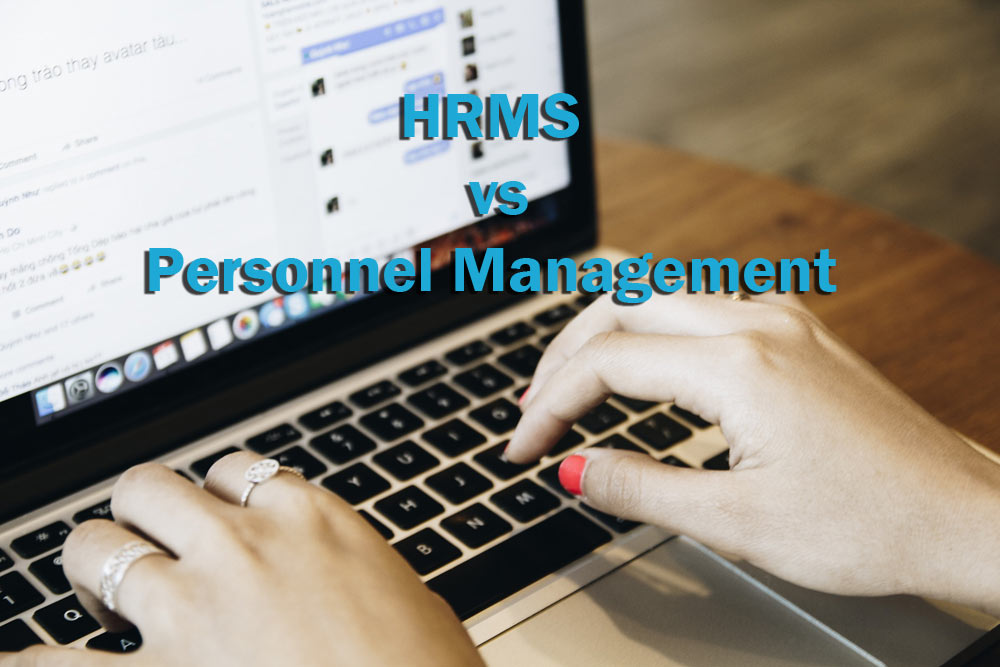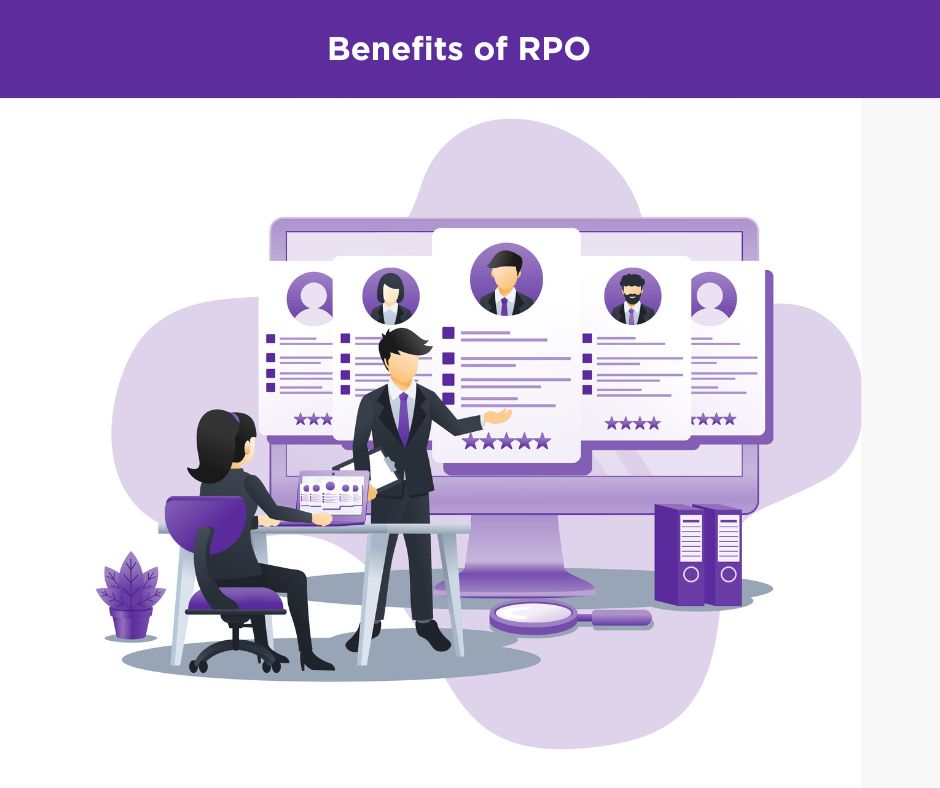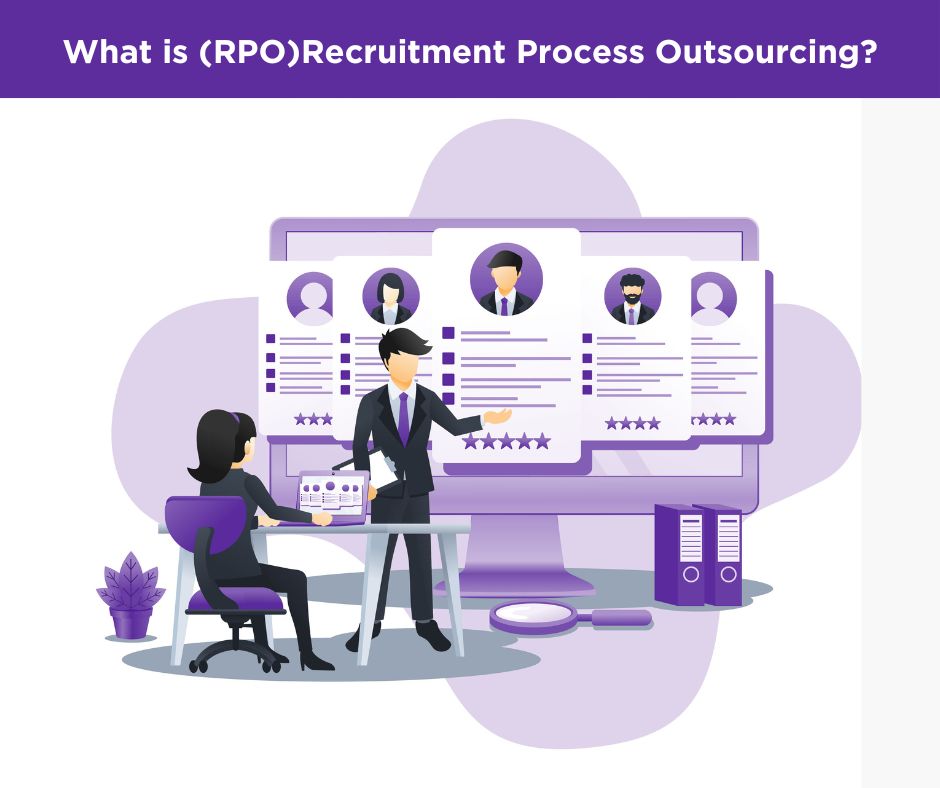Human Resource Management system is the most comprehensive and involved HR solution. It includes all the features of HRIS and HCM systems. This is used widely in all corporate sectors.
Let us have a look at some of the critical features of both HRMS and Personnel Management.
HRMS – In simple terms, it is a combination of systems and processes that usually connect human resource management and information technology through HR software.
Personnel Management: It is the traditional approach of managing people in an organization. It focuses on personnel administration, employee welfare, and labor relations.
Difference in Application
Personnel management is an independent staff function of an organization, with little involvement from line managers and no linkage to the organization’s core policies. It strives to reconcile the views and aspirations of the workforce with management by institutional means such as collective bargaining, trade union based negotiations, and similar processes. This leads to fixation of work conditions applicable for all, and not necessarily aligned to overall corporate goals.
The functions of human resource management system are that it combines several systems and processes to ensure smooth management of human resources, business processes, and data. The HRMS services are used by businesses to connect a number of necessary HR functions, such as storing employee data, managing payrolls, recruitment processes, benefits administration, and keeping track of attendance records.
Difference in Approach
The personnel management approach tends to attach much importance to norms, customs, and established practices, whereas the HRMS services give importance to values and mission. HRMS software is an electronically automated process that helps to cut down on time invested by individual employees.
Personnel management is still very much a manual system. In modern times most of the organizations are opting for best HRMS software to reduce the manual workload and make the entire business process swift and smart.
Basic Functions of HRMS
HRMS software will encompass the following functional areas
Payroll Processing: Automatically calculate pay, deduct taxes, generate payslips, and send direct deposits and more
Time and Labor Management: Control Employee schedules, Attendance and leave management
- Hiring
- Onboarding
- Administration
- HR Planning
- Recruiting/ Learning management
- Performance management
- Employee self-service
- Analytics
- Employee reassign module
- Grievance handling
Post-2014, it has been noted that companies have used the benefits from cloud hosting milestone to transfer HRMS software on mobile devices. Ever since then, popular vendors have realized Android and iPad/iPhone applications to meet the needs of the business.
Benefits of HRMS system
Whether a multi-national company or a small firm, almost all businesses benefit from HRMS software. Using the best HRMS software will change the face of your business forever. Here are some benefits of HRMS systems:
- It greatly enhances the efficiency of the HR team.
- You can avoid repetitive manual tasks, and this will create more time for your other strategic functions.
- Greatly improves the employee experience
- User-friendly HRMS software can help transform your employees’ perception of the HR department.
- Cost-Effective
- On a more extended period, good HRMS software will help you to save time and money. You can redeploy your HR personnel to other strategic functions. Better data accuracy means that you will experience fewer costly errors too.
- An online HRMS will make it easy to find, analyze, and report on the people data that matters most. It enables managers and senior stakeholders to take more timely decisions.
- Helps to improve regulatory compliance
- Helps to take better decisions
- The compliance with regulatory requirements is much improved with the usage of the HRMS system.






